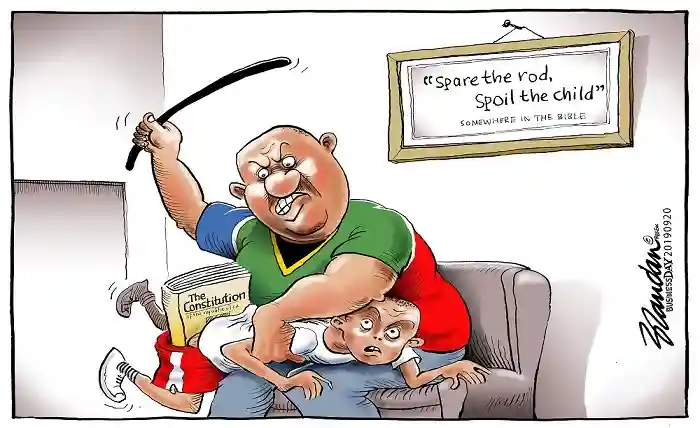Spanking Cartoons: Exploring the Controversial World of Animated Discipline

Spanking cartoons have long been a subject of intrigue and controversy within the realm of animated entertainment. While some view them as innocent humor or nostalgic relics, others argue that they perpetuate harmful stereotypes and normalize violence. In this blog post, we delve into the world of spanking cartoons, examining their historical significance, cultural impact, and ongoing debates. Whether you’re curious about their origins, seeking analysis on their portrayal in popular culture, or interested in the implications of their existence, this article aims to provide a comprehensive exploration of this often-discussed topic.
Read more about: rider bike
The Origins of Spanking Cartoons
Spanking cartoons have a history that dates back to the early days of animation. In the early 20th century, cartoon characters like Oswald the Lucky Rabbit and Felix the Cat were often subjected to comedic spankings as a form of physical comedy. These depictions were primarily meant to elicit laughter and were reflective of the slapstick humor prevalent during that era. As animation evolved and developed into a distinct art form, spanking cartoons continued to exist, albeit in a more refined and nuanced manner.
Read more about: yandek
Cultural Impact and Controversies
The cultural impact of spanking cartoons cannot be denied. While they were widely accepted and celebrated in earlier decades, societal attitudes and norms have shifted, leading to increased scrutiny and criticism. Some argue that these cartoons perpetuate violence and normalize abusive behavior, particularly when children are exposed to such content. Critics also claim that spanking cartoons reinforce negative gender stereotypes and objectify women, as female characters are often the recipients of the punishment.
Read more about: link intime
On the other hand, proponents of spanking cartoons assert that they are harmless and serve as a form of comedic entertainment. They argue that these cartoons should be viewed within their historical context, acknowledging the changing societal values that have influenced their reception. Additionally, defenders argue that spanking cartoons can promote discussions about discipline and the boundaries of physical punishment, leading to important conversations regarding child-rearing practices.
Read more about: estrela bet
Spanking Cartoons in Popular Culture
Despite the controversies surrounding them, spanking cartoons have had a lasting impact on popular culture. Numerous well-known cartoon characters, such as Tom and Jerry, have featured spanking scenes, ingraining them in the collective memory of audiences. The portrayal of spanking in cartoons has also influenced other mediums, including comics, literature, and even live-action films. Furthermore, spanking cartoons have become a subject of fascination for collectors, with vintage animations and memorabilia holding significant value.
Read more about: how2invest
The Future of Spanking Cartoons
As society continues to evolve, the future of spanking cartoons remains uncertain. While some argue for their complete eradication, others advocate for a nuanced approach that considers context, age-appropriate content, and responsible consumption. It is likely that spanking cartoons will continue to be a topic of debate, as new generations interpret their meaning and relevance in a changing world. The key lies in striking a balance between artistic expression, cultural sensitivity, and responsible consumption.
Read more about: how2invest
Conclusion
Spanking cartoons have undoubtedly left an indelible mark on the history of animation and popular culture. The controversies surrounding them raise important questions about the boundaries of humor, representation, and the impact of media on society. While some view them as harmless entertainment, others argue that they perpetuate harmful stereotypes and normalize violence. Ultimately, the interpretation and reception of spanking cartoons will vary from person to person. As we navigate the complexities of this topic, it is crucial to engage in thoughtful discussions, promoting critical thinking and responsible media consumption. By understanding the historical context, cultural impact, and ongoing debates surrounding spanking cartoons, we can contribute to a more nuanced understanding of this intriguing yet controversial aspect of animated entertainment.
Read more about: r34




